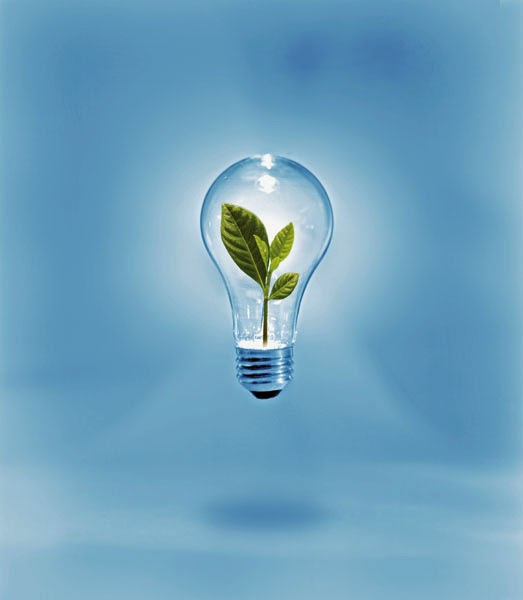April 22, 2015
There’s no way around it – museums use a lot of electricity! Lighting our collection and exhibitions correctly is a huge part of the visitor experience – if you can’t see the art in the best light, then we’re not doing our job! For us, switching to LED bulbs to light our hallways and galleries was low-hanging-fruit that would make a major impact on The Rockwell’s energy consumption.
In general, many museums have been moving into the world of LED’s with great caution. Conservators have been resistant to exposing sensitive artworks and artifacts to new light sources. Meanwhile, curators wonder if the color quality of LEDs can communicate an aesthetic message as well as daylight or incandescent lighting has done for almost a century.
The Getty Conservation Institute set out to research these very issues – you can find the full study here. In short, LEDs have come a long way since their introduction, and are considered a viable and economical replacement for the halogens typically used in museum lighting.
With that in mind, The Rockwell was able to replace over 750 fixtures in both gallery and office spaces, a project that took over two weeks. In conjunction, we replaced the majority of our office printers with new Energy Star qualified printers, and installed occupancy sensors in many of our offices, allowing lights to turn off automatically if no one is in the room. We were able to reduce our annual kilowatt hours (KWH) from 235,541 KWH to 40,499KWH – an 83% improvement! We also found that using lower-heat bulbs had a positive effect on our HVAC system – the air conditioning now does not kick on as frequently, meaning lower cooling costs.
While we understand that re-installing fixtures can be a major investment, especially for museums that have many fixtures, our project will be paid back in only 2 1/2 years.
Lower energy usage reduces the demand from power plants and decreases greenhouse gas emissions. Our 83% improvement in KWH usage is equivalent to planting 43 trees or removing 28 cars from the road per year – the equivalent of 17,731 gallons gas. And we feel pretty great about it!



